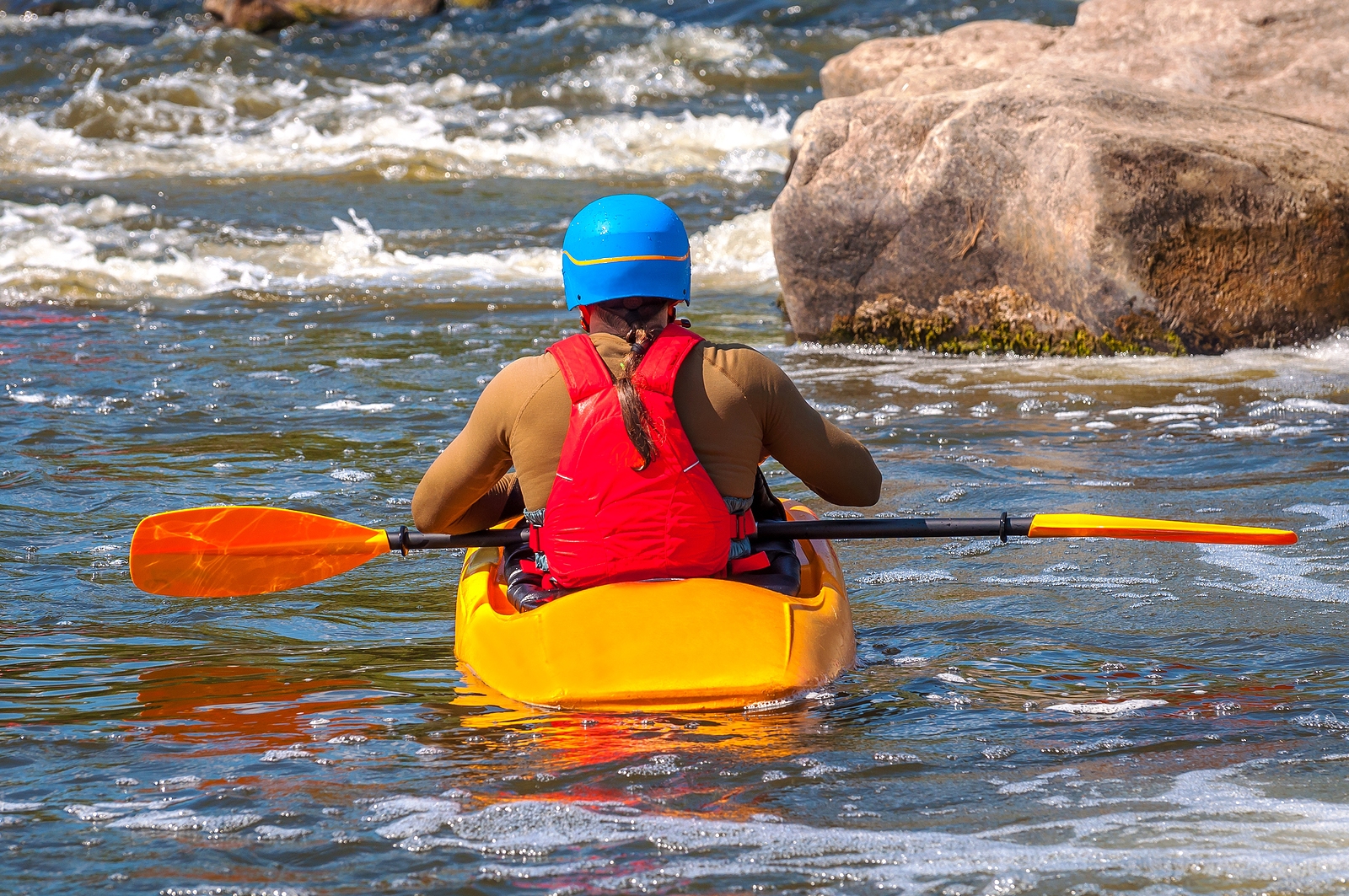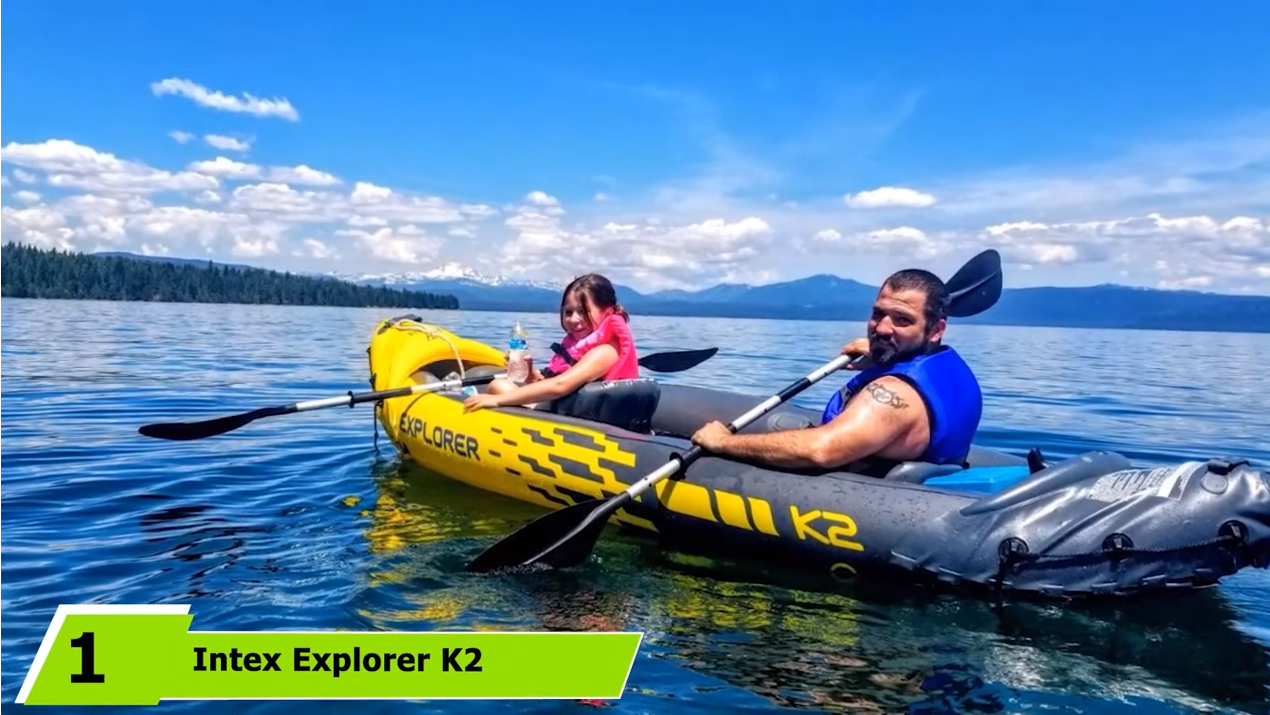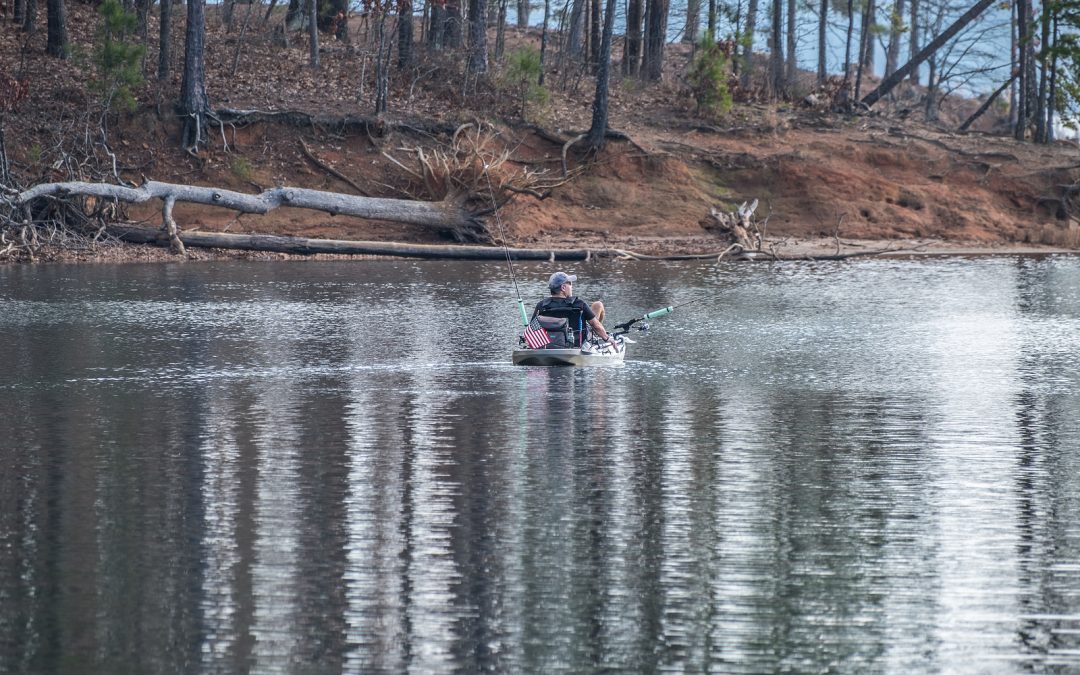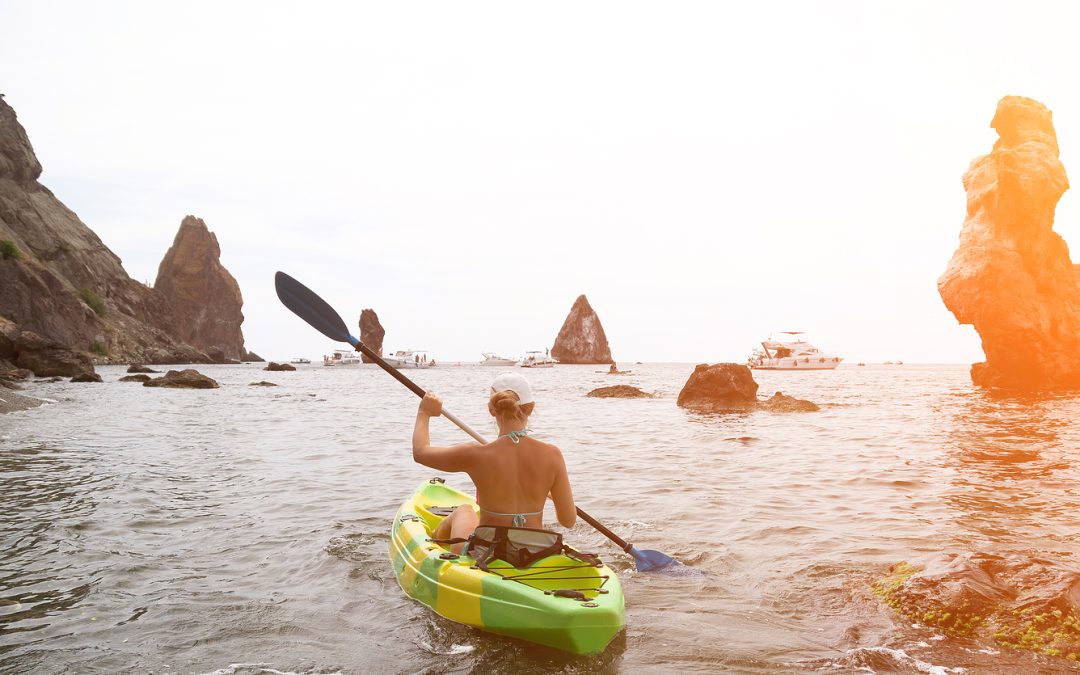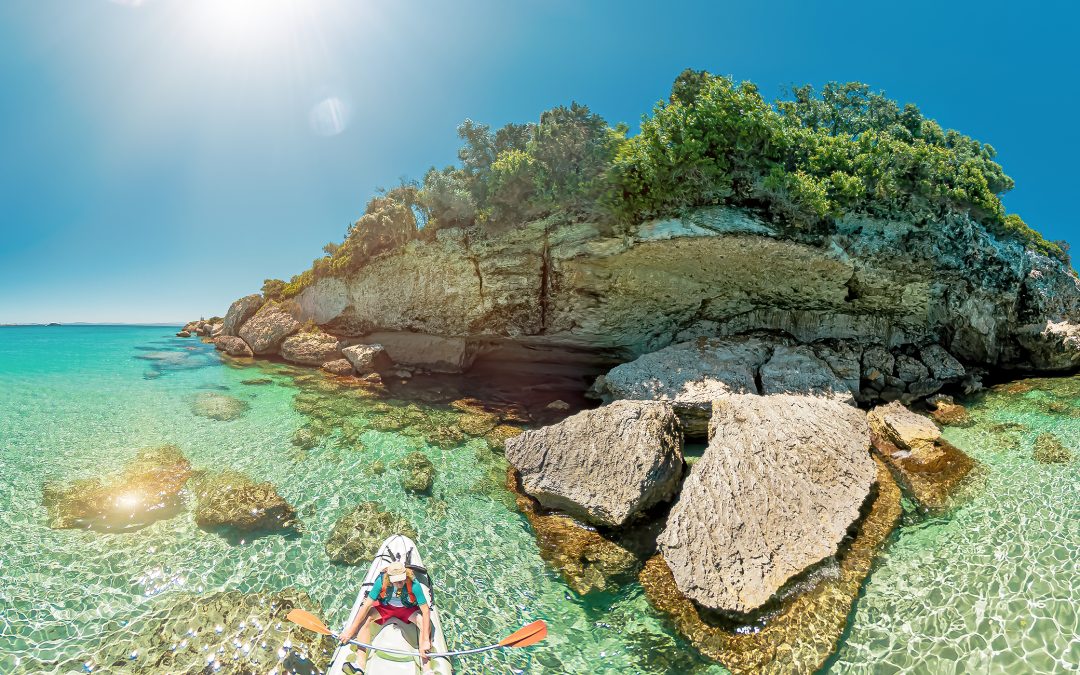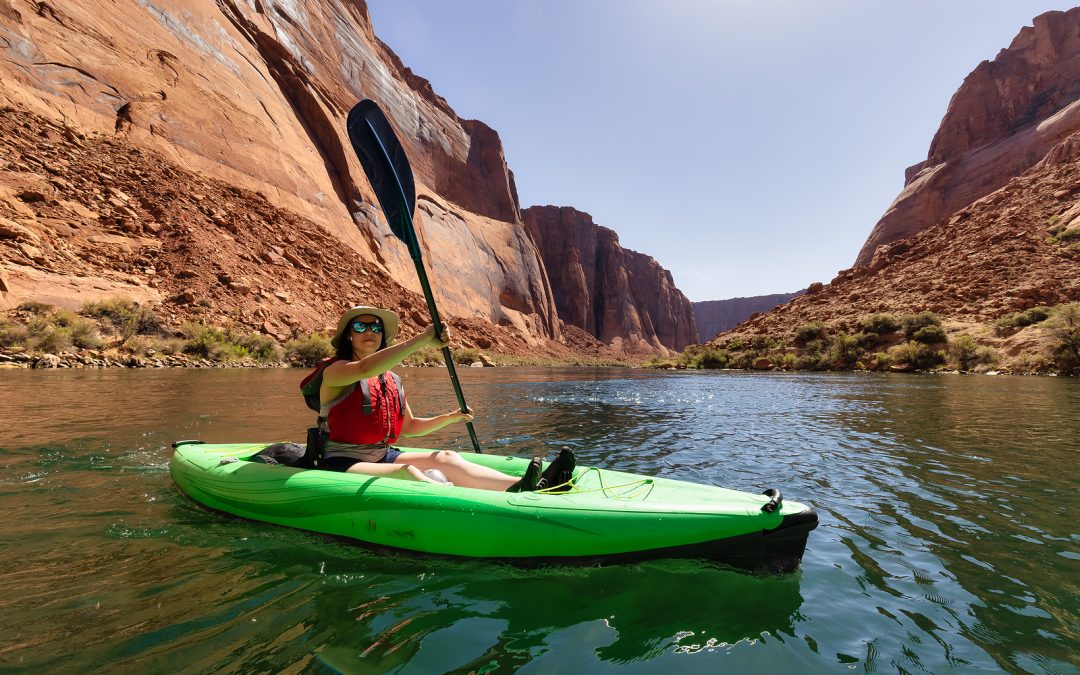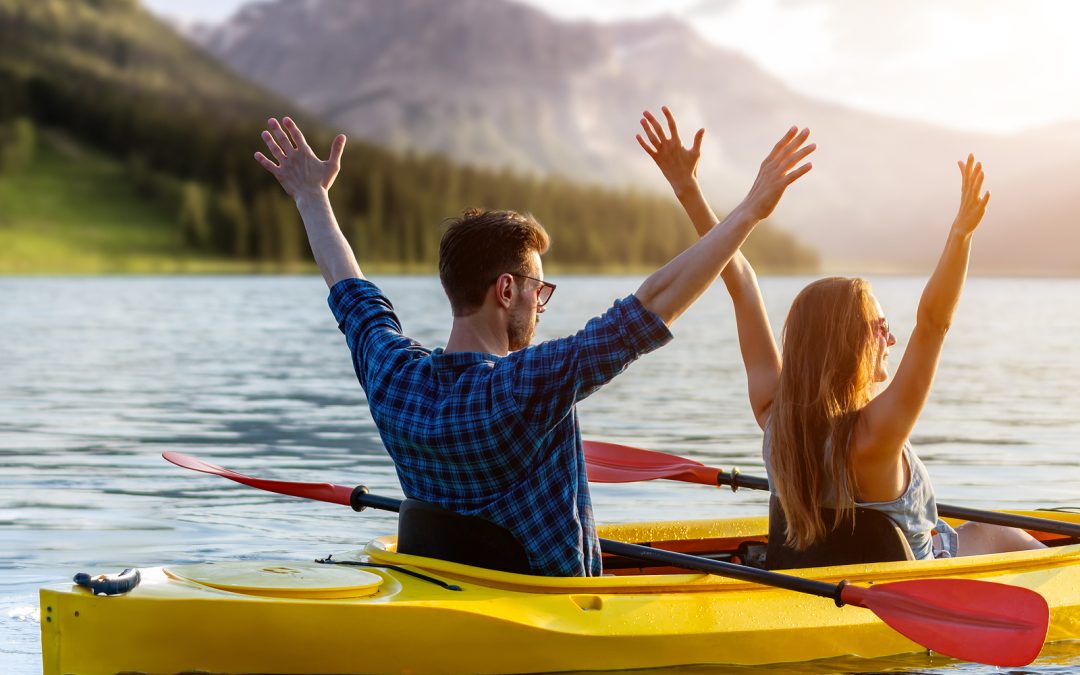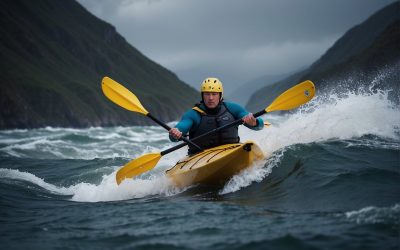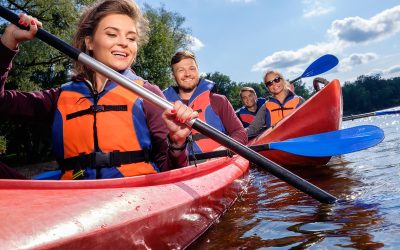Life Vest Colors: Choosing the Best Hue for Visibility and Safety
Life vests, also known as personal flotation devices (PFDs), play a crucial role in ensuring the safety of individuals participating in water-based activities like boating, kayaking, and swimming. These vests are available in various colors to cater for individual preferences or safety requirements that could range from high visibility for rescue operations to camouflage for certain types of water sports. Choosing the right color for a life vest is an important aspect to consider, as it could potentially influence the wearer’s safety and activities.

While the primary function of a life vest is to provide buoyancy and prevent drowning, its color can also influence its use. High-visibility colors such as orange, red, or yellow are ideal for situations where the wearer needs to be easily spotted in the water. On the other hand, life vests in darker colors like green, blue, or black are more suited to water sports such as fishing or hunting, where the wearer may prefer blending in with their surroundings.
Key Takeaways
- Life vests play a crucial role in water safety and are available in various colors to suit different purposes.
- High-visibility colors are ideal for rescue operations, whereas camouflage colors serve various water sports.
- The choice of color should be based on individual preferences and the intended use of the life vest for optimal safety and effectiveness.
Overview of Life Vests
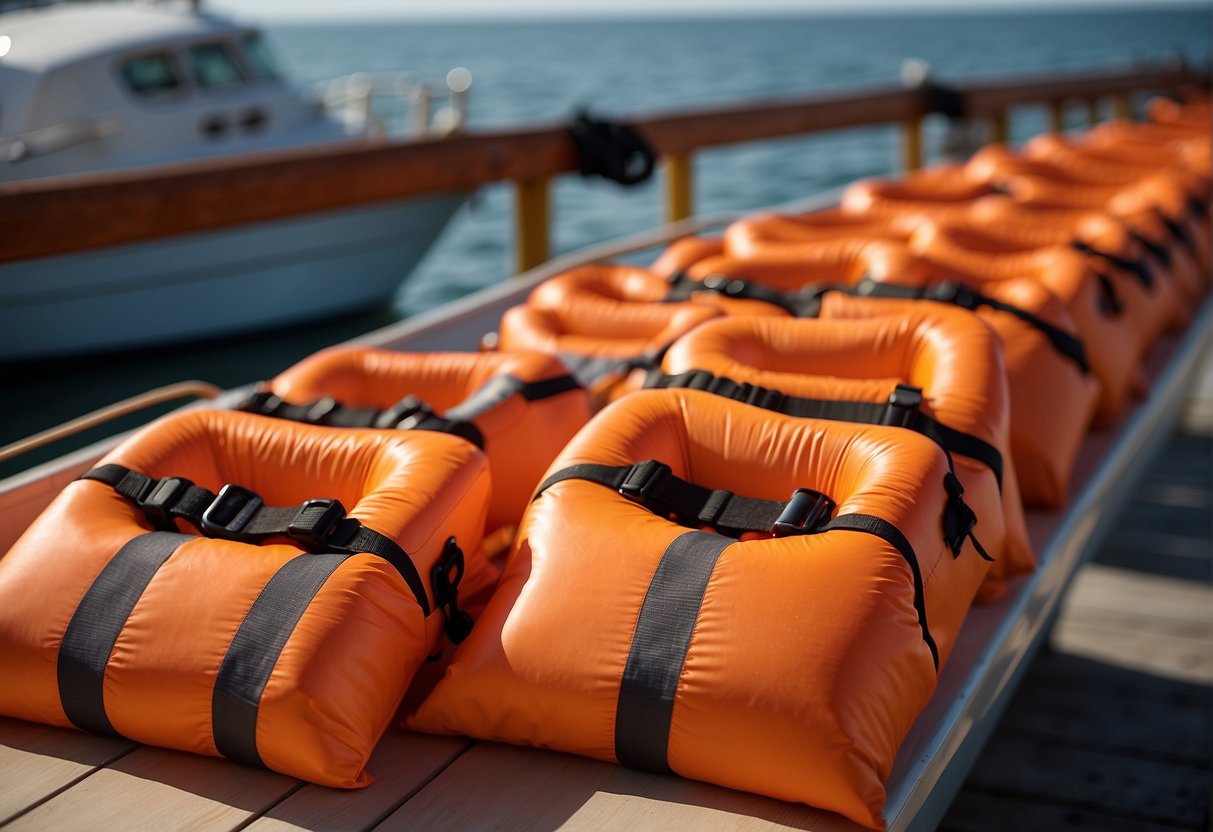
Types of Personal Flotation Devices (PFDs)
Personal flotation devices, commonly known as life jackets or life vests, come in various types for different activities and conditions. The main types include:
- Type I: Offshore Life Jackets, designed for open water and rough conditions
- Type II: Nearshore Buoyant Vests for calmer waters and quick rescue scenarios
- Type III: Flotation Aids for recreational activities with faster rescue times
- Type V: Special Use Devices, designed for specific activities or conditions
The Role of Color in Visibility and Safety
Color plays a significant role in the visibility and safety of a life vest. As seen in a Life Jacket Safety article, highly visible colors like orange increase the chances of being spotted in an emergency. Some life vests also feature reflective tape to enhance visibility in low-light conditions.
Regulatory Standards for Life Vests
Life vests must meet certain regulatory standards to ensure safety. The United States Coast Guard (USCG) approves life jackets based on their performance and buoyancy. USCG-approved life vests must be worn when participating in activities that require them, such as boating or water sports.
Material and Buoyancy
The flotation material in life vests is crucial to their performance. Most life vests use foam to provide buoyancy, while others utilize inflatable technology for better storage and versatility. The buoyancy of a life vest should be sufficient to keep the wearer afloat and ensure their nose and mouth are above the water surface.
Life Vest Fitting and Sizing
Proper sizing and fit are essential for life vests to perform effectively. A good life vest should be snug but not overly tight, and it should not ride up around the neck. Life vests come in sizes for youth, men, and women, each with specific weight and chest size measurements to ensure a comfortable fit.
Life Vest Features
Life vests offer various features to enhance comfort, functionality, and safety. Some common features include:
- Pockets: For storing small essentials such as keys, snack bars, or a whistle
- Straps and belts: These help secure the life vest onto the body, ensuring it stays in place during activities
- Reflective materials: Increases visibility in low-light conditions, making it easier for rescuers to locate the wearer
It is important to choose a life vest with features that suit the intended activity and provide optimal safety and comfort.
Choosing the Right Life Vest
Color Considerations
When selecting a life vest, color is an important factor to consider for safety reasons. Bright colors, such as orange, are recommended for increased visibility in the water. A highly visible life vest will make it easier for rescuers and other boaters to spot a swimmer in distress.
Comfort and Mobility
A comfortable fit is essential in a life vest as it ensures the wearer can move freely and confidently during water activities. Look for vests with adjustable straps and closures to secure a tailored fit. The proper level of comfort is also critical for kayaking, fishing, and paddle boarding enthusiasts.
Life Vests for Different Water Activities
Different types of life vests are designed for specific water activities. Here are some life vests suitable for various water activities:
-
Swimmers: Choose a life vest that provides buoyancy without restricting arm movement. A type III life vest with at least 15.5 pounds of flotation is recommended.
-
Fishing: Anglers should opt for a life vest with multiple pockets to store essential fishing gear and tackle. A type III life vest designed for anglers offers the necessary comfort and mobility for casting and reeling.
-
Boating: For boating enthusiasts, a type I or type II life vest provides higher buoyancy and turns most unconscious wearers face-up in the water. These vests are suitable for rough or offshore water conditions.
-
Paddle Boarding: Paddle boarders can benefit from an inflatable belt pack or a type V life vest, specifically designed for paddle sports with less bulk and more freedom of movement.
Remember to prioritize your safety when engaging in water activities by choosing the appropriate life vest with the right color, comfort, and suitability for the desired activity.
Safety and Usage
Emergency Preparedness and Features
Safety is the primary concern when using life vests in emergency situations. It is highly recommended to choose life vests or personal flotation devices (PFDs) with bright, highly visible colors, such as red, orange, or yellow to ensure maximum visibility in the water 1. In addition to color, other features play a crucial role in emergency preparedness:
- Reflective tape: Reflective tape enhances visibility in low-light or nighttime situations, making it easier for rescuers to spot the wearer 2.
- Whistle: A whistle attached to the life vest can help the wearer draw attention and alert rescuers in the event of an emergency 3.
Maintenance and Care
Proper maintenance and care of life vests are essential for ensuring their ongoing effectiveness and longevity. Here are some valuable tips to help you keep your life vest in good condition:
- Inspect regularly: Check the life vest for signs of wear, damage, or defects before each use. This includes inspecting straps, buckles, and inflation mechanisms [^4^].
- Clean after use: Gently clean the life vest with mild soap and fresh water to remove dirt, salt, and other residues that may accumulate during usage [^5^].
- Dry thoroughly: Air-dry the life vest in a well-ventilated area away from direct sunlight to prevent fading and deterioration from excessive heat [^6^].
- Store properly: Store life vests in a cool, dry place, away from direct sunlight and sharp objects that may damage the material [^7^].
Overall, investing in a life vest with the appropriate color and essential features is crucial for ensuring the safety of the wearer. Additionally, proper care and maintenance will help extend the life vest’s service life and maintain its effectiveness during emergencies.
Footnotes
Specialty Life Vests

Life Vests for Specific User Groups
Life vests are designed to cater to various user groups, including children, youth, men, women, boaters, and kayakers. It is essential to choose a life vest that specifically suits the user for both comfort and safety.
For children and youth, life vests need to provide extra head support, helping to keep their heads above water. These vests often have a pillow-like collar, along with a grab handle for easy retrieval. Some popular options are available at stores like DICK’s Sporting Goods and Walmart.
Life vests for men usually offer a wider range of motion and larger arm openings. Some vests, like the Stohlquist WaterWare Men’s Edge Fishing, come with pockets for storing gear and other accessories. Women’s life vests are made to fit the female body better, often with a more tapered design and adjustable straps for a customized fit, like the Superlite USCG Life Vest, available in women’s fit.
For boaters and kayakers, life vests need to offer high mobility with minimal constraints. These vests typically feature a shorter torso and side-entry design or front zipper access, facilitating easy movement while still providing adequate protection and buoyancy.
Life Vests for Professional Use
Type V life vests, also known as universal or special-use vests, are designed for specific use cases. They cater to rescue professionals, law enforcement personnel, and commercial users who may need features like additional flotation, pockets, and attachment points. A crucial point to remember is that Type V vests must be worn to meet the required performance standards, determined and approved by the USCG (United States Coast Guard). To know more about Type V life vests and their capabilities, visit stores like DICK’s Sporting Goods and check the specific vest’s label before purchasing it.
Frequently Asked Questions

What factors determine the best color for a life vest?
The best color for a life vest depends on factors such as visibility, user preference, and the intended activity. High-visibility colors, like neon orange and yellow, are particularly useful when it’s essential to be easily visible in the water. Meanwhile, user preference and the aesthetics of the life vest might play a more significant role in choosing colors for leisure activities.
Is there a standard color code for life vests?
There is no universal color code for life vests. However, specific life vest types or industries may have recommended or required colors. For example, the United States Coast Guard recommends using high visibility colors like orange, yellow, or red for recreational boating to increase the chance of being spotted in an emergency situation.
Why might some life vests be different colors such as blue or green?
Different life vest colors, such as blue or green, could serve various purposes. For instance, these colors might be chosen for aesthetic reasons, to blend in with the surroundings, or to differentiate vests based on a specific function, such as vests used for different water sports.
How does the color of a life vest affect visibility in water?
The color of a life vest directly impacts visibility in water, particularly in emergency situations. High-visibility colors like neon orange, yellow, or red are easier to spot against the water’s surface, significantly increasing the chances of rescue in case of an accident.
Are there any regulations regarding life vest colors for specific activities?
Regulations regarding life vest colors may depend on the location and activity. While there is no standard color requirement, it is advisable to use high-visibility colors for recreational boating and water sports activities to increase visibility in case of accidents. Individual organizations, such as rescue or law enforcement agencies, might set their own requirements for life vest colors.
Does the color of a life jacket have an impact on safety during water activities?
Yes, the color of a life jacket can impact safety during water activities. High-visibility colors help increase the chances of being spotted in emergency situations, making it easier for rescuers to locate and assist the person. Choosing a life jacket with a highly visible color is a crucial safety consideration, especially for activities with a higher risk of accidents or those conducted in challenging environments.
Conclusion

When choosing a life vest, the color plays a significant role in visibility and safety. Brightly colored life vests, such as neon yellow or orange, can significantly increase the wearer’s visibility in various water conditions. These colors are highly recommended for those participating in water activities or for individuals who frequently find themselves in foggy conditions.
Life vests are available in different types, each with its benefits and drawbacks. Examples of popular life vest types include auto inflatable, manual inflatable, and inherently buoyant vests. Make sure to select the type that best suits your specific water activity and safety requirements. For more information on pros and cons of different life vest types, click here.
When considering your options, it is crucial to take into account the user’s chest circumference and weight to ensure an accurate fit. Proper sizing plays a significant role in the wearer’s comfort and the overall effectiveness of the life vest. More information on choosing the right fit can be found on the GearLab website.
It is essential to prioritize safety over aesthetics when selecting a life vest color. While it is possible to choose fashionable life vests such as the ONYX MoveVent Dynamic Life Vest, the main focus should be on visibility and functionality. In conclusion, selecting a brightly colored life vest with an appropriate fit and type will contribute to a safer and more enjoyable boating experience.

